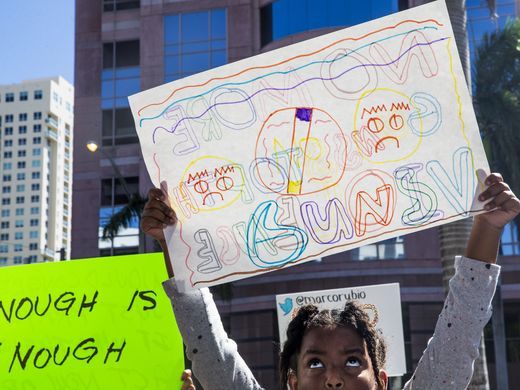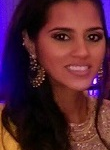
by Bicky Khosla
The following open letter is in response to the ninth-deadliest shooting in modern U.S. history, which took place at Marjory Stoneman Douglas High School in Parkland, Florida.
To the nation’s leaders,
You have taken away 17 of our very own children but you didn’t take away any of the guns.
You say gun control isn’t the solution but mental health is the problem.
Both are problems you’re not willing to solve.
You advocate in your business suits and well-polished shoes about the importance of mental health but vote to defund it behind closed doors.
Yet, if we mention guns—it seems to be a term you’re unfamiliar with.
As donations from the NRA continue to pour into your campaign, images of blood will pour into these kids’ minds.
Your dirty money will no longer outweigh our children’s’ lives.
From Sandy Hook to Las Vegas, Pulse Night Club and more, all you did was send your thoughts and prayers.
Keep them. They aren’t worth anything to my broken community.
Our children are afraid to go to school. A place you promised to make safe—is no longer our haven.
They say millennials are lazy and self-absorbed, but realize, we are here—in massive numbers.
No longer are the days where we accept your hypocrisy and your old-fashioned ways.
You’ve constantly failed us but we will not fail the next generation.
We will vote. We will run against you. We will demand change.
We Will Win. We Stand Strong.
Love,
The Millennial in Broward County
 Bicky Khosla was born and raised in South Florida with two bachelor degrees from Florida Atlantic University. She enjoys traveling, spending time with her dog, and reading non-fiction. She is passionate about highlighting South Asian achievements, raising awareness about Sikhism and the importance of religious tolerance. Bicky currently works as a healthcare recruiter for a company that provides medical services for both adults and pediatrics.
Bicky Khosla was born and raised in South Florida with two bachelor degrees from Florida Atlantic University. She enjoys traveling, spending time with her dog, and reading non-fiction. She is passionate about highlighting South Asian achievements, raising awareness about Sikhism and the importance of religious tolerance. Bicky currently works as a healthcare recruiter for a company that provides medical services for both adults and pediatrics.




